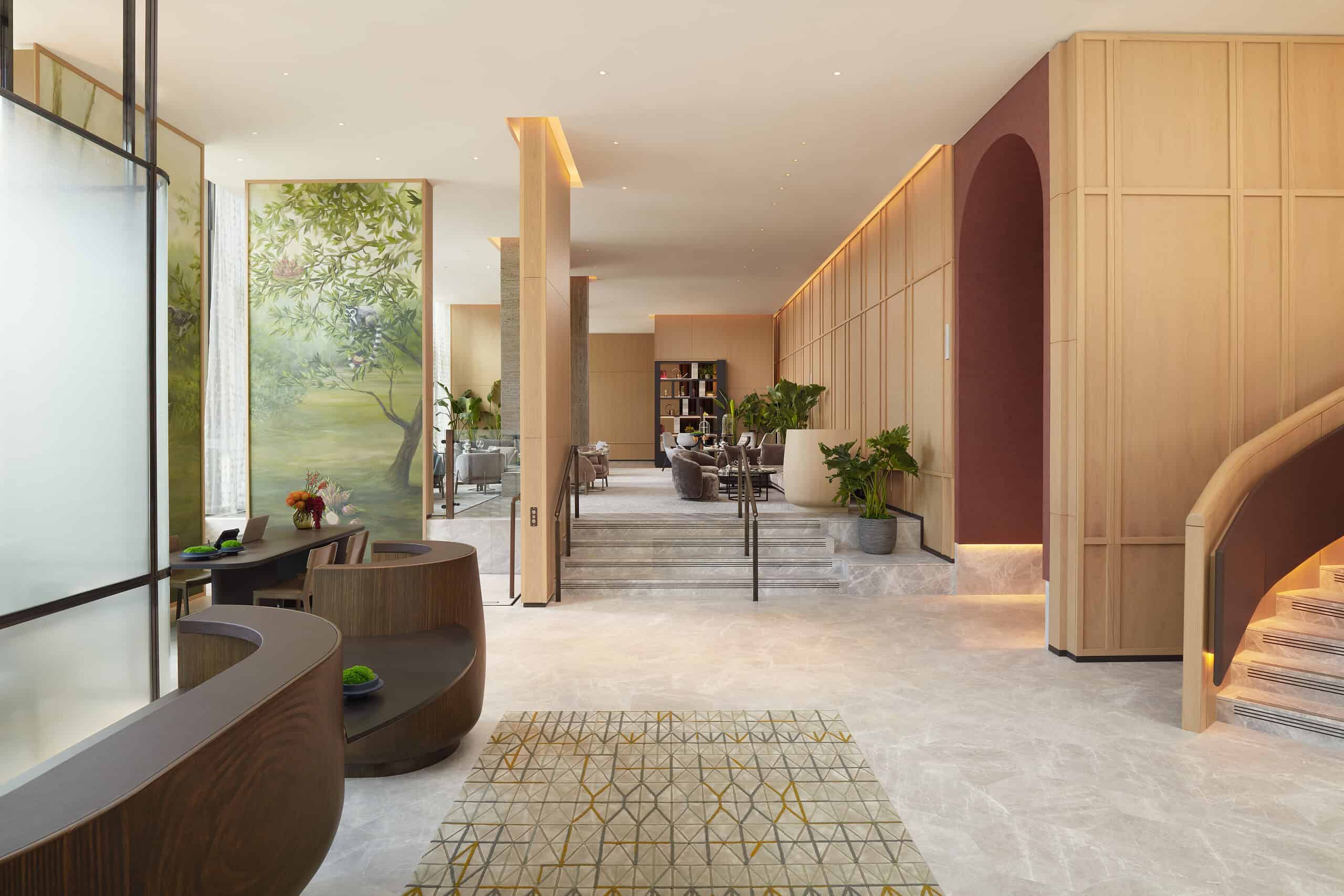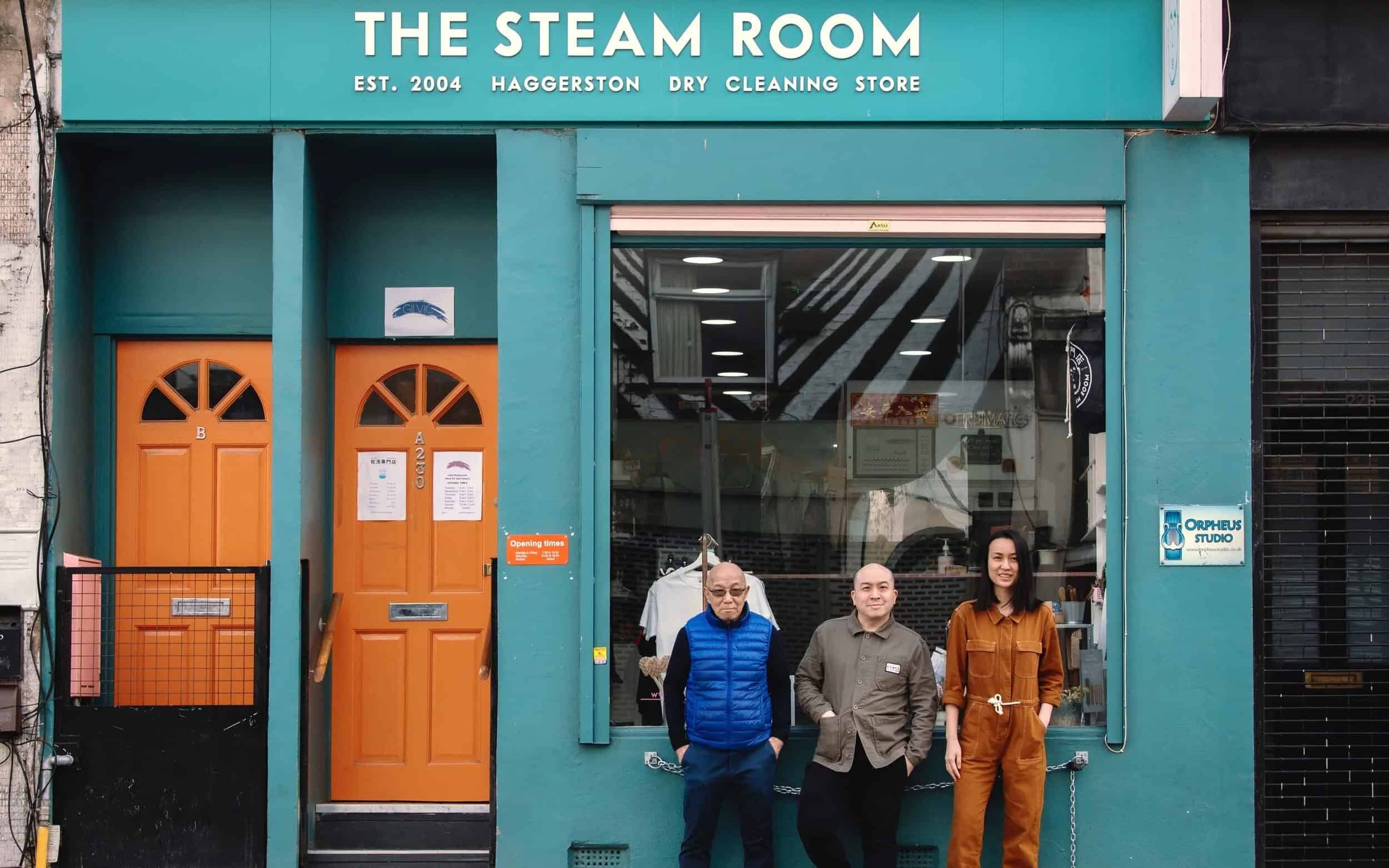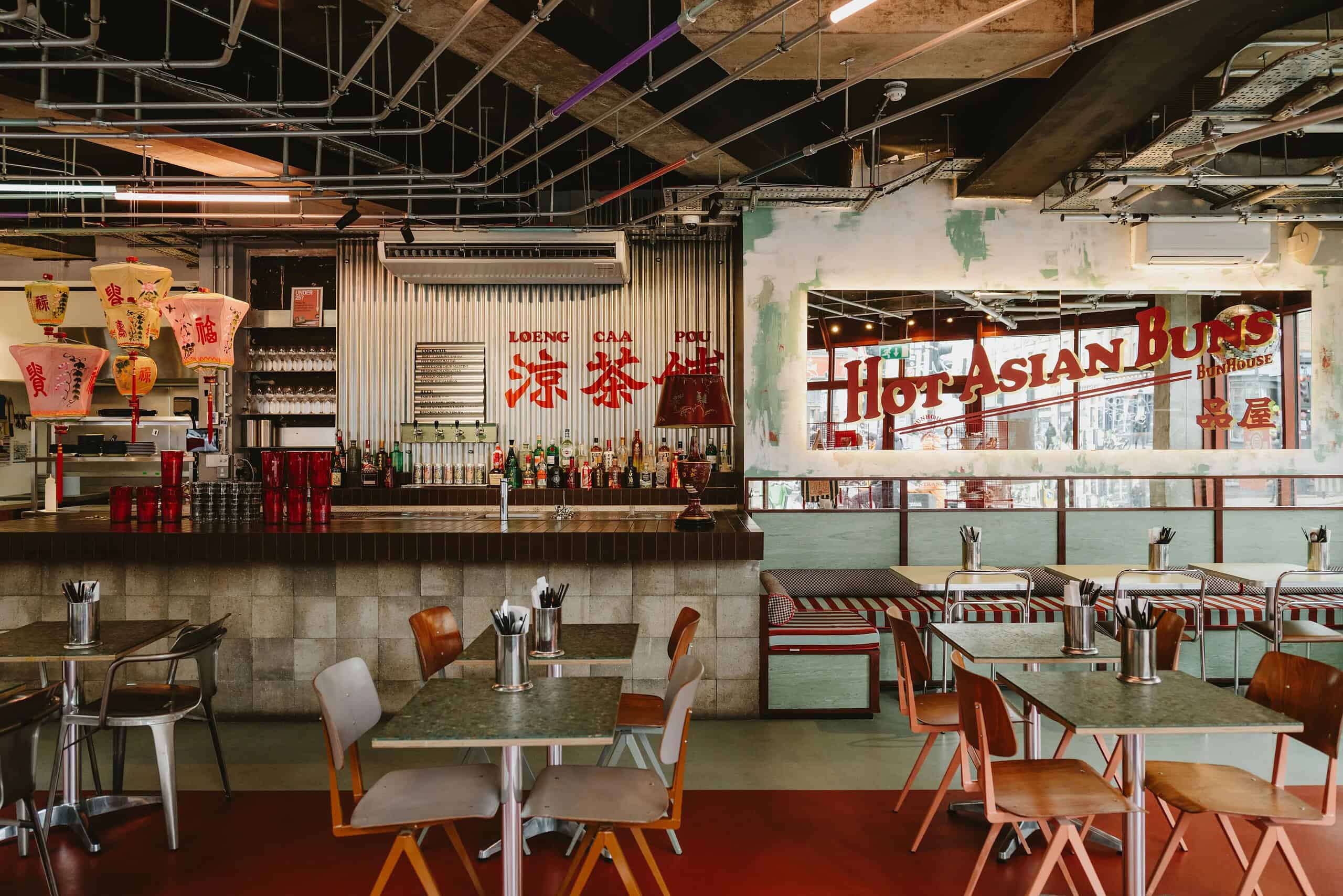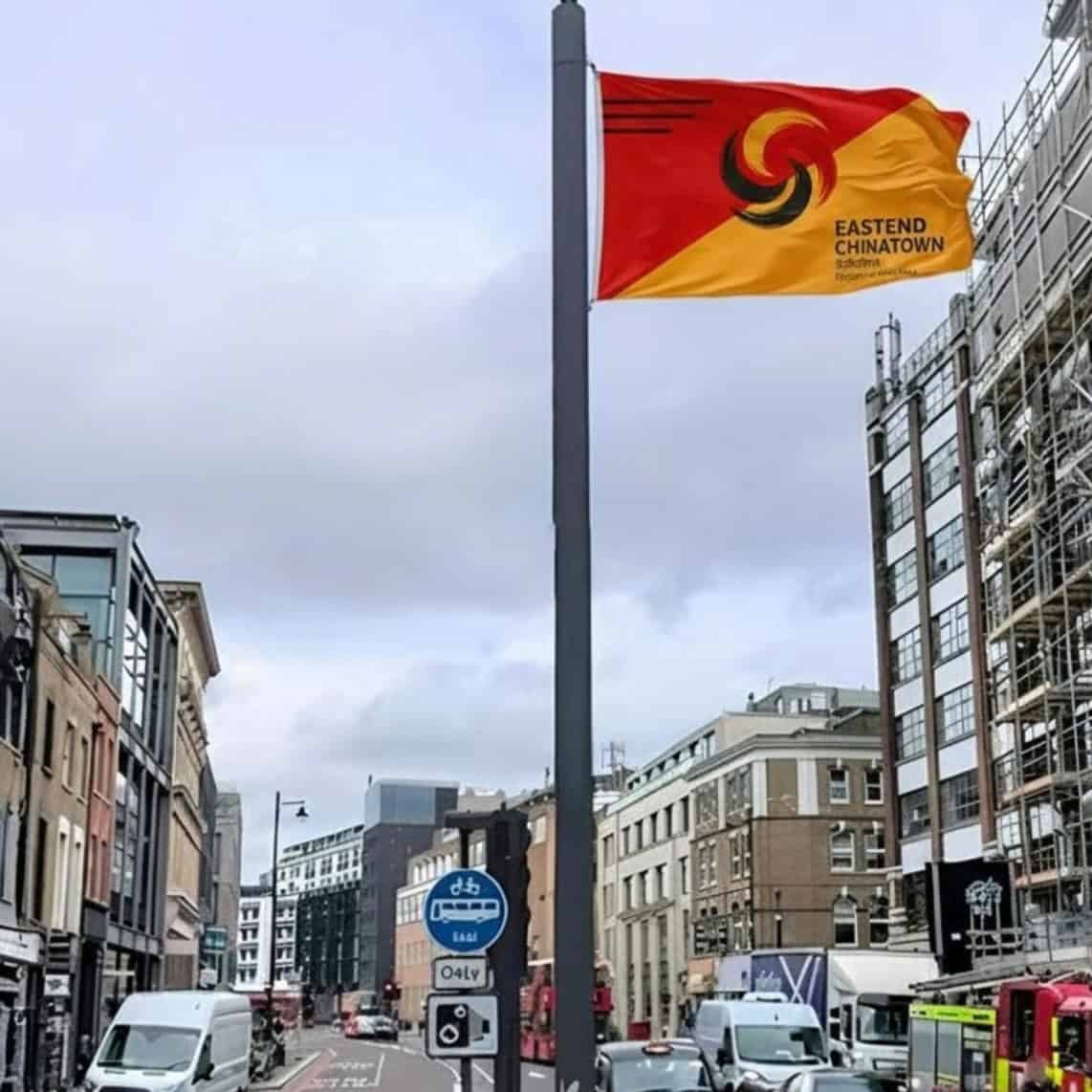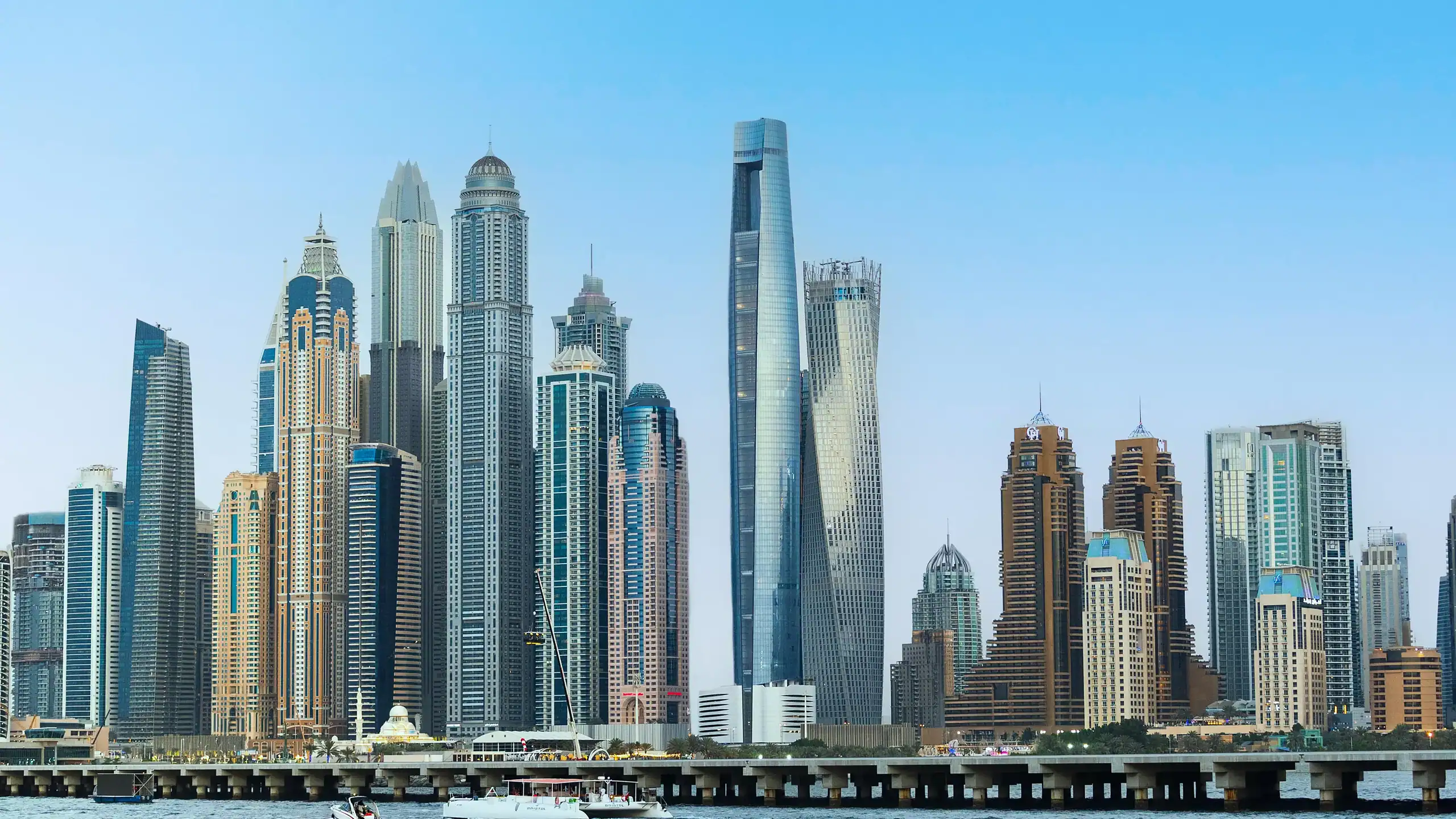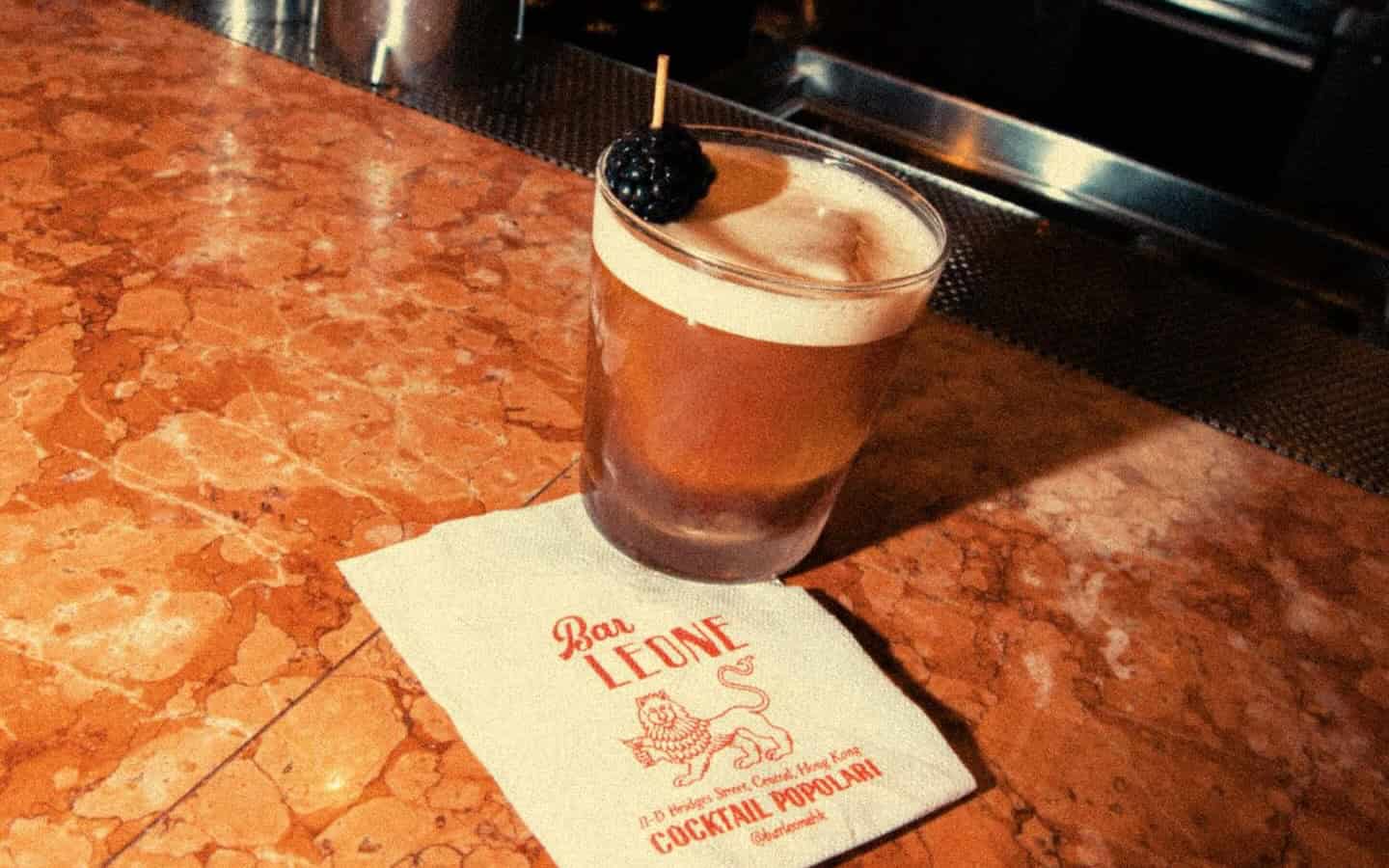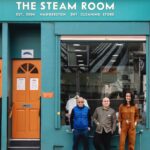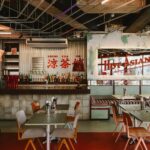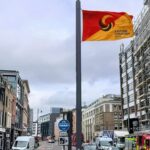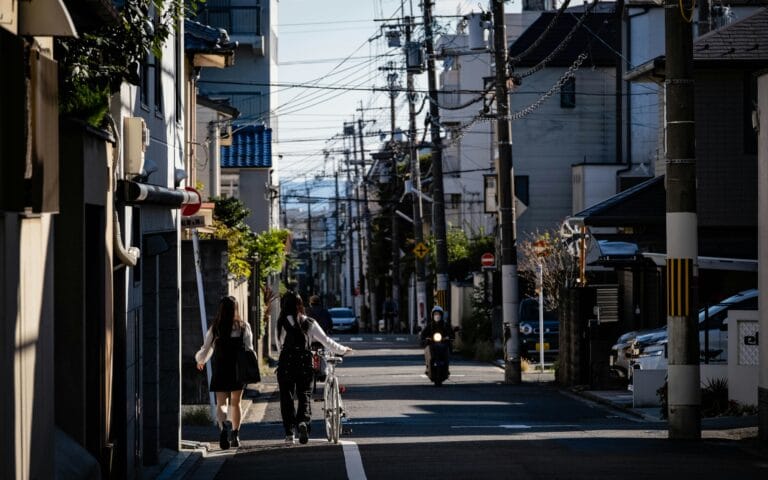Spanning the City, Shoreditch to Dalston and beyond, a wave of entrepreneurs has transformed East into a new London Chinatown, one plate, gallery, and studio at a time.
Once a byword for grit and rebellion, East London is now rewriting the definition of “Chinatown”. In 2025 London-born, Hong Kong-heritage entrepreneur Eulan To, founder of To & Partners, gave this organic movement an official name: East End Chinatown, officially coining the term during SXSW London Festival in Shoreditch.
A new flag and emblem was unveiled in September during this year’s ESEA month, a UK based month-long celebration of events dedicated to East and SE Asian heritage. However, East End Chinatown has been years in the self-making. And importantly, it’s a different creature from London’s official, tourist-filled Chinatown in Soho.
“Every day I walk through Shoreditch I see a new creative business…from restaurants to art spaces,” says To. “So many Chinese and Asian-inspired ventures have organically popped up East, led by retailers, record label founders, producers and gallerists.”
Look out for the cultish concept store/Chinese dry cleaners The Steam Rooms East in Haggerston, owned by Tony Chung. Former filmmaker Hua Yang just opened Jiaonest restaurant that blends Chinese medicinal herbalism with home-cooked contemporary cuisine: a conceptual pioneer already making it’s mark on the local scene. “East is platform of different cultures, as immigrants we commit to our authenticity.” says Yang. “I would say this community is more about creative people gathering, not only East Asian people.”
Gegend in Shoreditch is a luxurious concept store and Chinese tea house hybrid, a haven of calm in the buzzy area. Operating as a multi-functional art space, the minimalist Eastern decor and cozy corners are perfect for lingering, and carefully sourced loose-leaf teas and delicate pastries make for delicious escape.
And there’s venues of another scale, such as the slick Singaporean-owned Pan Pacific Hotel right next to Liverpool Street Station (the only European outpost from the Asian hotel group). It’s impressing guests with contemporary East Asian aesthetics and serene hospitality, in a fantastically central location.
Local Chinese restaurants now move beyond the familiar, offering everything from numbing spices of Sichuan, distinctive Uighur flavours, steamed baos and robust, flavourful noodles from Xi’an. Pan-Asian venues have made a serious mark: from casual Japanese ramen joints to upscale sushi spots to flavourful bowls of Vietnamese regional noodles from Ho Chi Minh and Hue along the colourful Kingsland Road.
“I see a new energy from Gen Z, post anti-Asian hate. They are independent, creative and vocal about their identity,” To adds, whilst acknowledging foundations laid by the likes of Lord Wei of Shoreditch, one of the United Kingdom’s most senior and longest-serving politicians of East Asian origin in Europe.
The edgy East of London evolved into a creative and corporate hub alongside a growing demographic of young, creative and globally-minded residents. Throw in street art alongside creative agencies, a Soho House and men in beanies who might be either corporate lawyer or art director, and you get the idea. All this heaving, fresh energy has meant gentrification; but it also helped fuel this cultural and culinary boom. Powered by a new generation of British-Asian entrepreneurs shaping the capital’s next chapter, this “Chinatown” is set to grow further. And for To, it all feels familiar.
“When the YBAs (Young British Artists) and White Cube artists moved in the area in the 90’s, Alexander McQueen was based out of Hoxton Square, Banksy’s studio was above the Dragon bar, and Fergus Henderson opened St John’s restaurant,” he recalls. “This time, the same energy exists, but it’s East and South East Asian led.”
London having multiple Chinatowns is a natural evolution in a capital so large, dynamic and connected to generations of Chinese diaspora. New York has seen a similar flourishing of such spaces.
“There the official Chinatown is about 50 times the size of London’s” says To, “But in a similar way, the community has developed: Flushing in Queens has a larger community than Manhattan’s Chinatown and another “Chinatown” exists in Brooklyn’s Sunset Park.”
What’s emerging in East London is less enclave and more ecosystem: a neo-Chinese cultural vanguard that mirrors the district’s restless, inventive energy. The neighbourhood edges into its next wave of development with new concepts, restaurants, hotels and perhaps even the proposed Chinese mega-embassy at Tower Bridge (also a move eastwards).
This “East End Chinatown” concept feels both inevitable and intentional. However, it’s a blueprint of belonging built not by developers or city planners, but by the people who live, create and eat here. Proof that London’s identity, like its flavours, is never finished, only reinvented.

